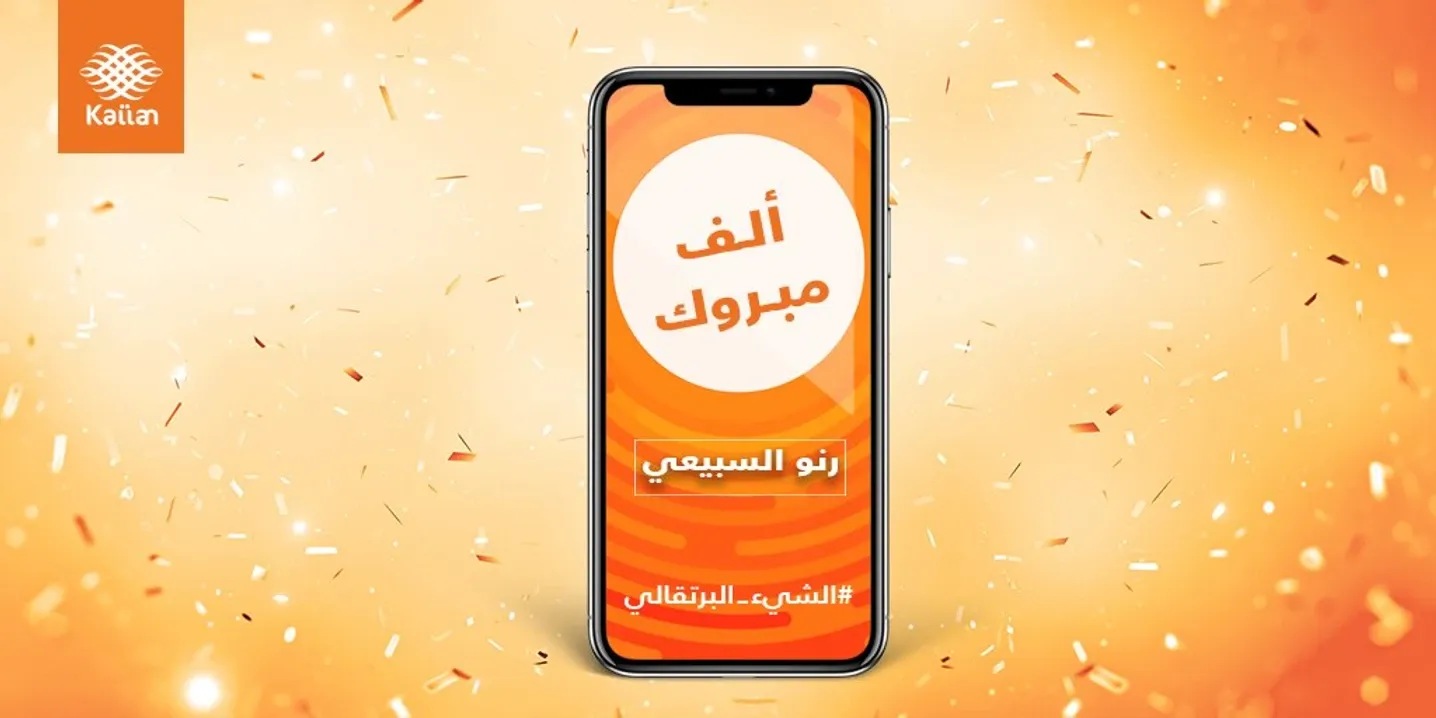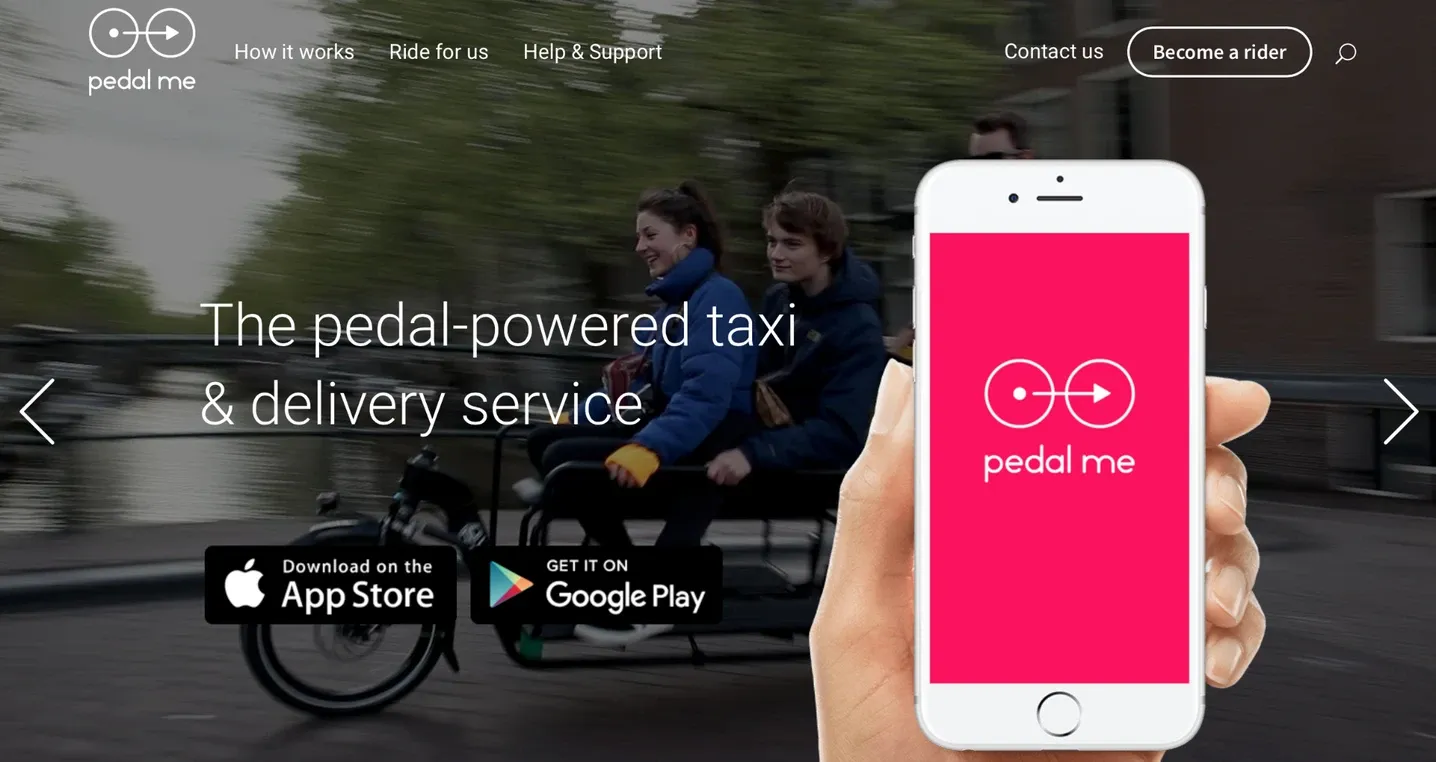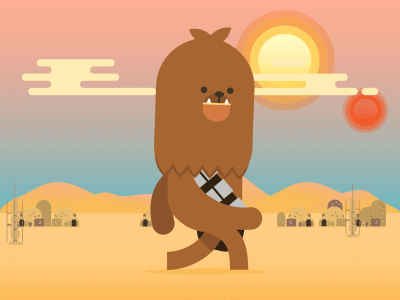Lesson 1.
Why do you need your own visual language
Visual language of a brand is what helps companies to communicate with people, to stand out from all the other brands.
Visual language of a company embraces all the elements of the brand style and tone. It includes all the design elements company is using: colors, shapes, composition, typography and many more.
Visual language of a brand
A well-developed brand visual language helps a company to create strong emotional connections with consumers.
You’re probably familiar with how the giants of the taxi services communicate with their clients. Uber and Lyft are definitely the loudest ones.
Who wouldn’t recognize Uber ice cream? Who haven’t ever heard about the Lyft pink moustache?
At OnDe, we’ve got our own branding gurus. Take the example of Kaiian, Saudi-Arabian company. These guys have their bright orange everything. Literally every image they post on their orange Twitter account is perfectly branded:


Or turn to Pedal me. Those are our bicycle-powered clients from London, Great Britain.


As you see, they use the same style and colors for branding the things happening online and offline.
Okay, enough examples! Let’s talk about why creating a unique brand language for your taxi business is so essential.
First of all, the market of taxi apps is huge. Not only is it huge, it is also pretty overcrowded. To compete with Uber and other peer-to-peer companies, one has to come up with something really outstanding.
You can stand out because your service types are crazily innovative. Say, while everybody is providing cabs and limos, you arrange bike equipages for the just-married couples. Ideas of this kind are not easy to come to, especially if you want to generate serious revenue asap.
In such a case, it’s time to think of another way to stand out boldly: creating a brand identity for your taxi business. Creating a brand identity that would appeal to your target audience the most, that would attract as many engaged clients to your business as possible.
What kind of brand identity is that? Let’s move on to the next lesson!

